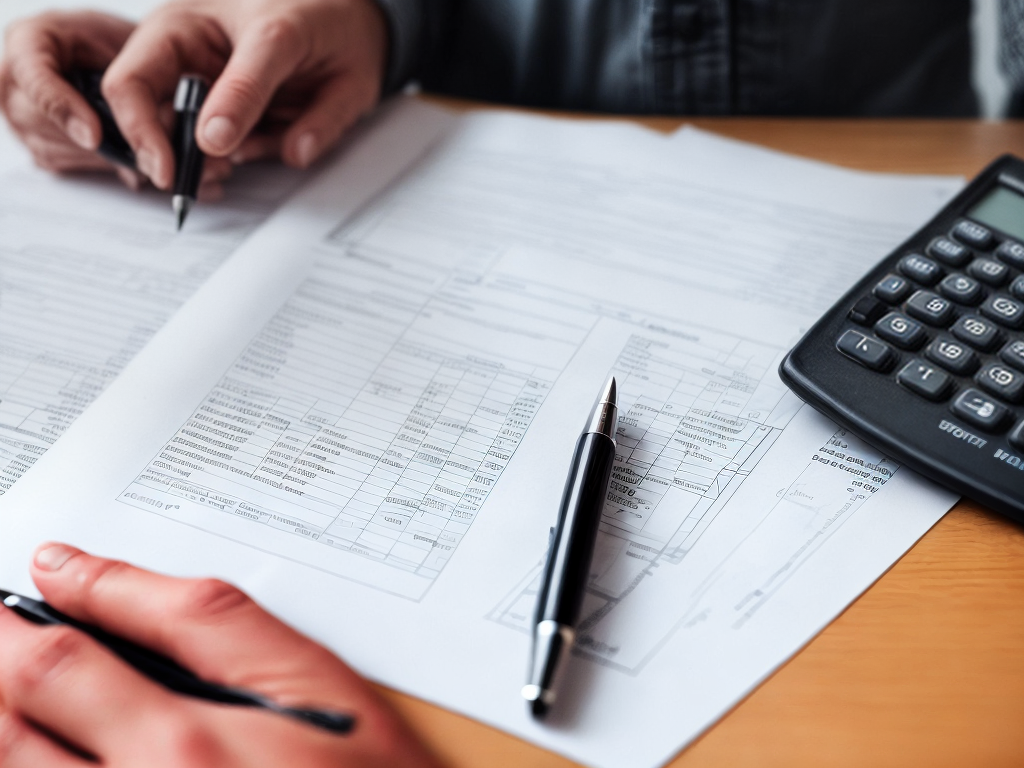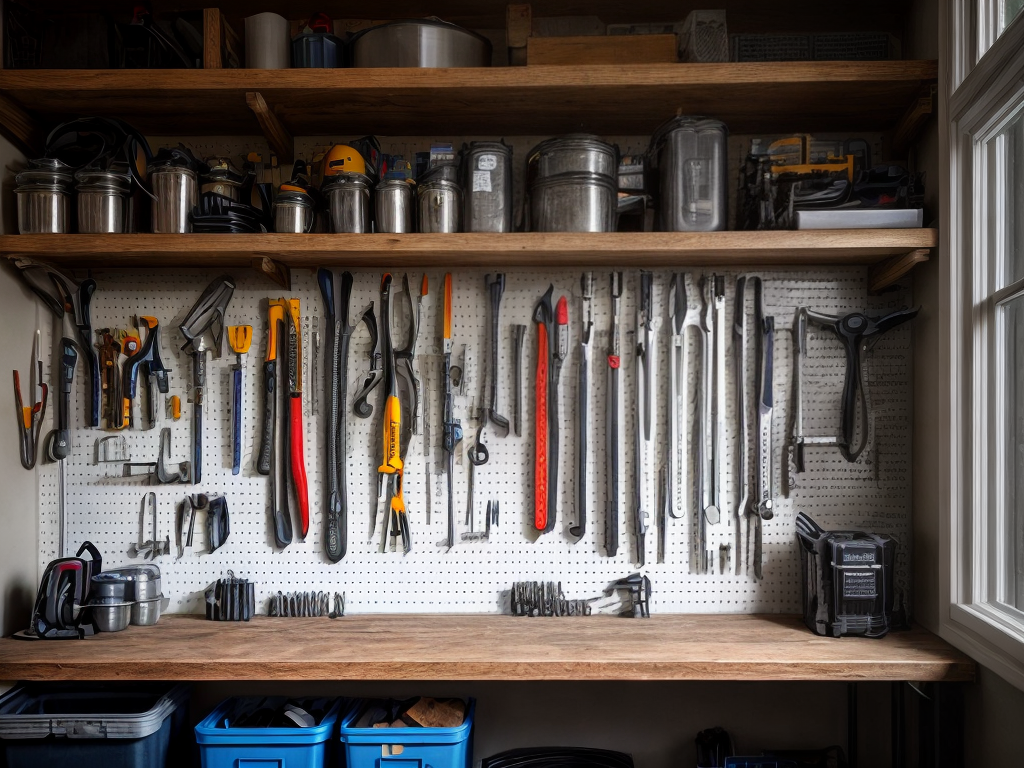
When embarking on a home construction project, one thing many people may not know is just how crucial effective budget planning is to its success. As a homeowner myself, I quickly learned that meticulous financial management is the key to ensuring my project stays on track and within my means. In this discussion, I will share valuable insights and practical tips on how to set realistic goals, assess your financial situation, prioritize expenses, research and compare costs, and track and monitor expenses throughout the entire construction process. By implementing these strategies, you’ll be equipped with the knowledge and tools needed to make informed decisions and stay within budget, ultimately bringing your dream home to life.
Setting Realistic Goals
When setting realistic goals for your home construction budget, it is important to take into account factors such as your financial resources, timeline, and desired quality of materials and finishes. To ensure that you stay within your budget and avoid any unexpected expenses, it is crucial to create a contingency plan. This plan should account for potential cost overruns, delays, or unforeseen circumstances that may arise during the construction process.
One way to create a contingency plan is by seeking professional advice. Consulting with a construction expert or a financial planner can help you gain a better understanding of the potential costs involved in your project. They can provide insights into the current market prices for materials and labor, as well as advise you on the most cost-effective options available.
In addition to seeking professional advice, it is important to set realistic goals based on your financial resources. Take a realistic look at your income, savings, and any potential loans or financing options you may have. Be honest with yourself about what you can afford, and prioritize the most important elements of your construction project.
Assessing Your Financial Situation
To effectively assess your financial situation for home construction, it is essential to thoroughly evaluate your available funds and potential sources of financing. Conducting a budget analysis is a crucial step in this process. Start by gathering all relevant financial information, including your income, savings, and investments. Evaluate your current expenses and determine how much you can allocate towards your home construction project. This will give you a clear understanding of your available funds and help you set realistic goals for your project.
Next, conduct an income evaluation to determine your monthly cash flow. Calculate your total monthly income and subtract your fixed expenses, such as rent or mortgage payments, utilities, and other bills. This will give you an idea of how much disposable income you have each month to put towards your construction project.
Consider potential sources of financing, such as loans or lines of credit, to supplement your available funds. Research different lenders and compare interest rates and terms to find the best option for your needs. Keep in mind that taking on debt should be done cautiously and within your means.
Prioritizing Expenses
I prioritize expenses by carefully considering the essential aspects of my home construction project. When it comes to budgeting for my construction project, I use cost-saving strategies and budgeting tips to ensure I make the most of my resources. Here are four key ways I prioritize my expenses:
-
Identify must-haves: I start by listing the essential features and components that are necessary for my home construction. This helps me allocate funds to the most important aspects of the project, such as the foundation, roofing, and electrical systems.
-
Evaluate long-term savings: I consider the long-term cost savings of certain investments. For example, investing in energy-efficient appliances or insulation may have a higher upfront cost but can save money on utility bills in the long run.
-
Research affordable alternatives: I explore different materials and finishes that offer a good balance between quality and cost. By doing thorough research, I can find affordable alternatives that meet my requirements without compromising on durability or aesthetics.
-
Set contingency funds: I allocate a portion of my budget for unexpected expenses or changes during the construction process. This helps me avoid financial setbacks and ensures that I have a safety net for any unforeseen circumstances.
Researching and Comparing Costs
Researching and comparing costs is essential in order to make informed decisions and maximize the value of your budget during the home construction process. By diligently researching and comparing costs, you can identify cost saving strategies and find affordable alternatives without compromising on quality.
One of the most effective cost saving strategies is to compare prices from different suppliers. By obtaining multiple quotes for materials and services, you can identify the best deals and negotiate better prices. Additionally, consider exploring alternative materials that provide similar functionality but at a lower cost. For example, instead of using expensive hardwood flooring, you could opt for laminate or vinyl flooring that offers a similar aesthetic at a fraction of the price.
Another way to save costs is by considering pre-owned or recycled materials. Many construction materials, such as doors, windows, and fixtures, can be found in salvage yards or online marketplaces at significantly lower prices. These materials can be refurbished or repurposed to fit your needs, allowing you to save money without compromising on quality.
Furthermore, it is crucial to research and compare the costs of labor. Different contractors may have varying rates, so it’s essential to obtain quotes from multiple sources. However, be cautious of extremely low prices, as they may indicate subpar workmanship or the use of inferior materials.
Tracking and Monitoring Expenses
Tracking and monitoring expenses is an essential step in effective budget planning for home construction. It allows you to stay on top of your expenses, identify any potential budget overruns, and make necessary adjustments to ensure that your project stays within budget. Here are four important aspects of expense management and budget tracking that you should consider:
-
Record every expense: Keep track of all the expenses related to your home construction project, including materials, labor, permits, and any other costs that arise. This will help you have a clear understanding of where your money is going and prevent any surprises down the line.
-
Categorize your expenses: Create categories for different types of expenses, such as construction materials, subcontractors, permits, and landscaping. This will make it easier to analyze your spending patterns and identify areas where you can potentially cut costs.
-
Regularly review your budget: Take the time to review your budget regularly and compare it to your actual expenses. This will give you a clear picture of how well you are sticking to your budget and allow you to make any necessary adjustments.
-
Use budget tracking tools: There are many budget tracking tools available that can help you manage your expenses more efficiently. These tools can automate the process of recording expenses, generate reports, and provide insights into your spending habits.





